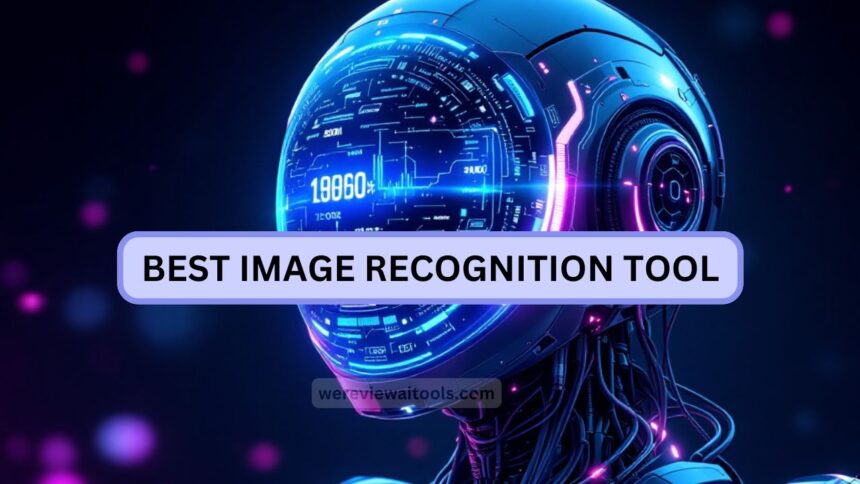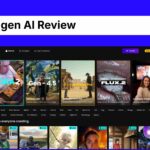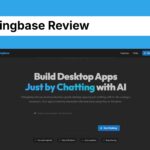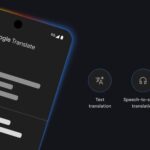Image recognition AI is a kind of artificial intelligence that enables computers to interpret and understand the content of images.
This is an advanced level of technology image processing goes beyond identifying objects and scenes in faces or emotions and uses that within a data image.
So, fundamentally speaking, image recognition understanding works with complex algorithms- mostly through deep learning- meaning the visibility of any information is used to derive meaning and decisions.
Importance of Image Recognition AI in Today’s World
Image recognition AI has invaded just about every part of our daily lives, transforming industries from retail to aviation, healthcare to entertainment and everything in between. This is due to the fact that it:
Increase Efficiency and Production: Automate tagging of images, detection of objects, logging of faces, and ready access to information for smoother workflow across departments in a business or nurse-it.
Increase Accuracy and Precision: An image recognition Artificial Intelligence does accuracy in the maximum tasks like medical diagnosis and quality check in an error-free atmosphere with respect to humans.
Create New Opportunities: It offers some advances like self-driving cars, augmented reality experiences, and recommendations tailored specifically for individual users.
Google Vision AI
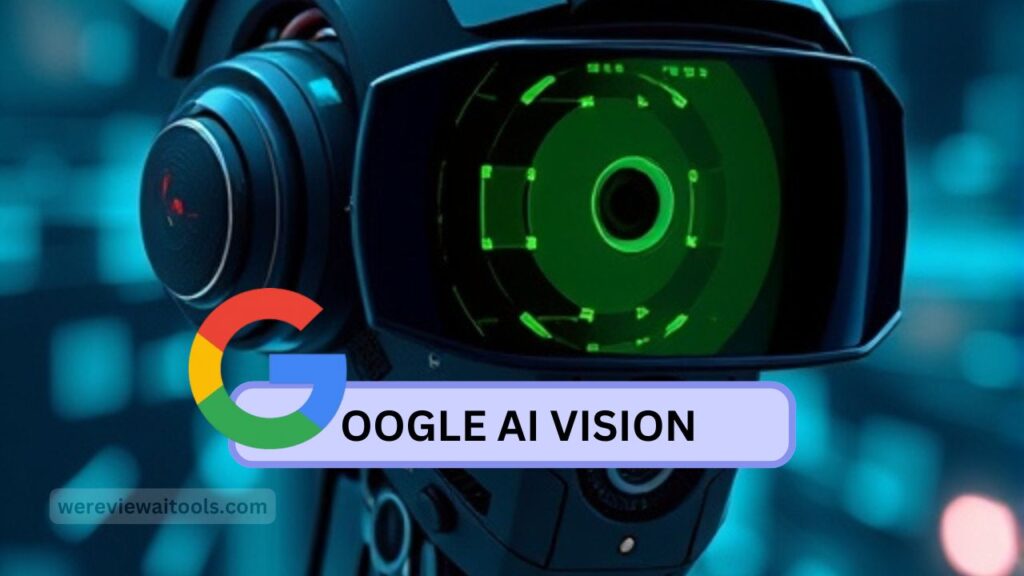
Google Vision AI is able to do a number of activities such as extracting text from images and obtaining all possible emotions displayed on a person’s face.
It also runs through all the highly advanced machine-learning models to make sure the developer has a bunch of sophisticated visual intelligence incorporated into his applications.
The review is about the features of the system, its accuracy, use, and application, as well as the knowledge that goes beyond the document itself.
Key Features
Image Labeling: Automatic recognition and tagging of objects in images for effortless categorization and search within visual content.
Face Detection: Recognizes faces in pictures and provides data on emotion as well as individual demographic characteristics, for personalization of applications.
Optical Character Recognition (OCR)– Identifying and capturing text SMS messages from images for document digitization and subsequently text analysis.
Detection of land marks: Automatic identification of popular land marks in images to further support travel and tourism related applications. Identification of explicit content: Usual flags of adult contents, which always remain important in the context of safe environments created by user-generated content applications.
Accuracy
Google Vision AI has proven its capabilities with high accuracy among all its functions. .
Image Labeling: More than 90% accuracy with the ability to recognize objects in a variety of different contexts.
Face detection: High levels of precision for the recognition and discrimination of faces with more than 95% accuracy in almost all cases.
How To Use Google AI VISION?
USE DEMO
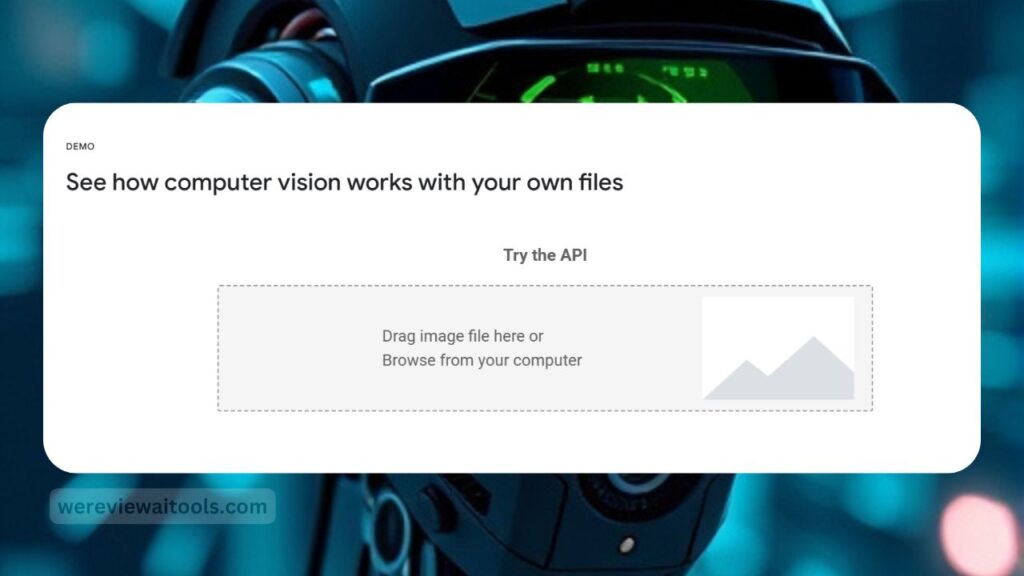
You can use the demo of Google AI Vision this will help you understand exactly how it works? and you can see the accuracy level and also you can see what it can detect as a image recognition ai model.
1. Setting Up Google Cloud Vision API
Create a Project and Enable Vision API
- Go to the Google Cloud Console: console.cloud.google.com.
- Create a new project or select an existing one.
- Navigate to API & Services > Library.
- Search for Cloud Vision API and click Enable.
Create a Service Account
- Go to IAM & Admin > Service Accounts.
- Click Create Service Account.
- Provide a name (e.g., “Children Product Packaging Analysis”) and click Create and Continue.
- Assign the Editor role, then click Continue > Done.
- Click the three dots next to the service account and select Manage Keys.
- Click Add Key > Create New Key > JSON.
- Download the key file (a
.jsonfile).
Prepare Your Workspace
- Create a folder, e.g.,
GoogleCloudVisionAPI. - Move the downloaded
.jsonkey file to this folder. - Open the folder in Visual Studio Code or your preferred editor.
2. Installing Dependencies and Setting Up Node.js
Install Google Cloud Vision Library
- Open a terminal in the project folder.
- Run the following command:
npm install @google-cloud/vision
Create index.js
- Create a file named
index.jsin your project folder. - Write the following code:
3. Writing Node.js Code for Image Analysis
Import the Vision Library and Initialize Client
const vision = require('@google-cloud/vision');
const client = new vision. ImageAnnotatorClient({
keyFilename: 'path-to-your-service-account-key.json' // Replace with your key file path
});
Create an Image Analysis Function
async function analyzeImage(imagePath) {
try {
// Perform label detection
const [result] = await client.labelDetection(imagePath);
const labels = result.labelAnnotations.map(label => label.description);
// Perform image properties detection
const [colorResult] = await client.imageProperties(imagePath);
const dominantColors = colorResult.imagePropertiesAnnotation.dominantColors.colors;
// Check for child-attractive labels and vibrant colors
const childAttractiveLabels = ['toy', 'cartoon', 'game', 'animal', 'fun', 'colorful'];
const hasChildAttractiveLabel = labels.some(label => childAttractiveLabels.includes(label.toLowerCase()));
const hasVibrantColors = dominantColors.some(color => color.score > 0.3 && color.pixelFraction > 0.2);
if (hasChildAttractiveLabel || hasVibrantColors) {
console.log('The image is likely attractive to children.');
return true;
} else {
console.log('The image is not particularly attractive to children.');
return false;
}
} catch (error) {
console.error('Error analyzing image:', error.message);
}
}
4. Running and Testing the Application
Run the Application
- Open the terminal.
- Run the application with:
node index.js
Adjusting Parameters
- If the results are not as expected:
- Increase
color.scorefrom0.2to0.3. - Change
pixelFractionfrom10%to20%.
- Increase
- These changes make the analysis stricter for identifying vibrant colors.
5. Debugging Common Errors
Missing JSON File Error
- Ensure the
keyFilenamepath is correct and points to your.jsonkey file.
Incorrect File Path
- Double-check the image path. Use absolute paths if needed.
6. Sharing Your Project
- Create a GitHub repository to share your code.
- Include instructions in a
README.mdfile about replacing the service account key and running the application.
Conclusion
Well, you have now built a fully functional application using the Google Cloud Vision API to analyze images. Here, AI extracts significant insights-within the contexts of marketing, product analysis, or other creative uses. You can tune the analyzing process to your unique specifications by adjusting parameters.
You can take this further to include web applications, automation of a task, or go as far as creating a commercial product.
The possible applications for image recognition are limitless, and now you are ready to go deeper into this exciting field. Keep experimenting; and don’t be afraid to innovate!


